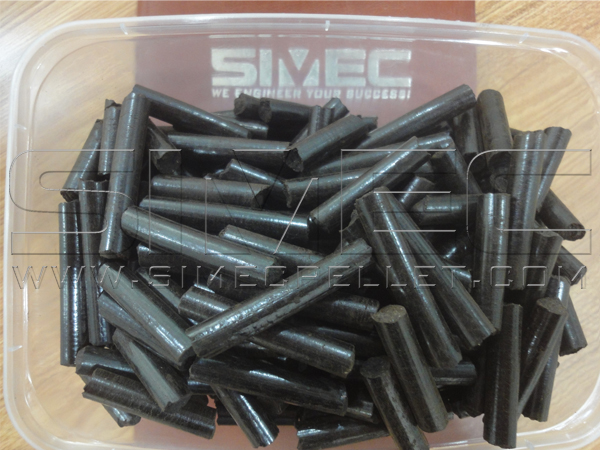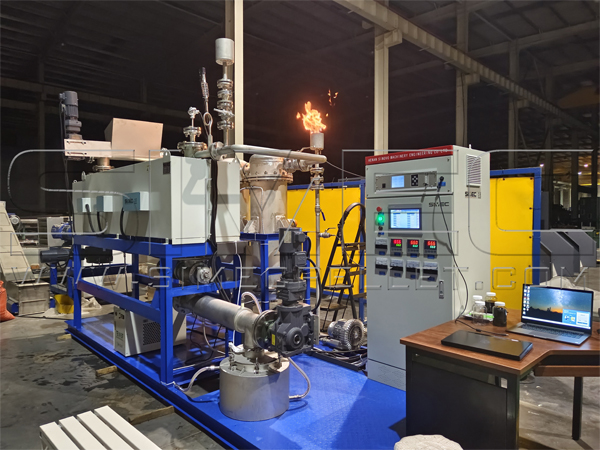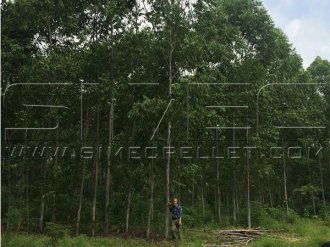Torrefied paddy straw pellets are advanced carbon neutral alternative fuels for coal. Pre-briquetting of paddy straw boosts the mass input & output of biomass torrefaction reactor. Heat penetration process during torrefaction can also be optimized....
SIMEC conducted a verification experiment and lab analysis of the torrefaction process converting wood pellets to black pellets, aiming to study changes in the physical and chemical properties of wood pellets before and after torrefaction....
Torrefaction of napier grass at 330 ℃ resulted in very high heating value, but without causing difficulties in the pelletizing process. High energy density black pellets can be qualified substitute for coal in power generation plants. ...
Making palm EFB biochar is an efficient waste management solution, meanwhile it also promotes atmospheric carbon removal. The positive characteristics of palm EFB biochar have been verified by experiments and analysis....
Commissioned by American researchers, SIMEC conducted pyrolysis experiments on Chlorella vulgaris in accordance with the research and development agreement. Pyrolysis was conducted on 5 kg in triplicate at a temperature of 300 degree Celsius...
In May 2023, SIMEC was entrusted to take a series of pelletizing tests using eucalyptus wood wastes. To make wood pellets is an important solution to upgrade the value of eucalypts....




